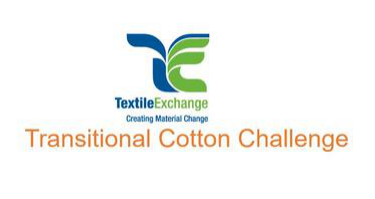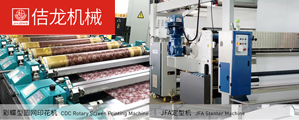Textile Exchange Releases Second Annual 2025 Sustainable Cotton Challenge Report
Jun 10, 2020 | by Zhao xh

Today, 22 percent of the world’s cotton is more sustainable. By 2025, it is the vision of the 2025 Sustainable Cotton Challenge (2025 Challenge) that more than 50 percent of the world’s cotton is converted to more sustainable growing methods. One of the key focuses going forward will be to drive continuous improvement across the initiatives with a focus on best practices for soils. Implementing regenerative practices, which puts carbon back into the soil, is a key investment farmers can make to mitigate and reduce the climate crisis.
Brands and retailers joining the challenge and committing to source more sustainable cotton can choose from Textile Exchange’s list of recognized organic and sustainable cotton initiatives. These initiatives include:
ABRAPA
BASF e3
Better Cotton Initiative (BCI)
Cleaner Cotton
Cotton made in Africa (CmiA)
Fairtrade
Fairtrade Organic
Field to Market
ISCC
myBMP
Organic Cotton
Recycled Cotton
REEL Cotton
Regenerative Cotton
Transitional Cotton
United States Cotton Trust Protocol
By committing to using cotton from these initiatives and standards, the brands are ensuring that the intentions of their sustainable sourcing strategies are maintained and the integrity of their commitments uncompromised.
Of the 82 2025 Sustainable Cotton Challenge signatories, 73 participated in the 2019 Corporate Fiber and Materials Benchmark program to report on their progress towards their goal of 100 percent cotton being sourced from the approved initiatives by 2025:
27.5% of 2025 Sustainable Cotton Challenge Signatories have achieved their 2025 target of 100% preferred cotton usage, all of which are organic.
27.5% have achieved a preferred cotton share of between 75-99%.
25% have achieved a preferred cotton share of between 50-74%.
15% have achieved a preferred cotton share of between 25-49%.
3% have achieved a preferred cotton share of less than 24%.
3% of their cotton is not being tracked yet.
From the niche to a market share of 22 percent, preferred cotton is gaining ground.
Soure: Textile Exchange








